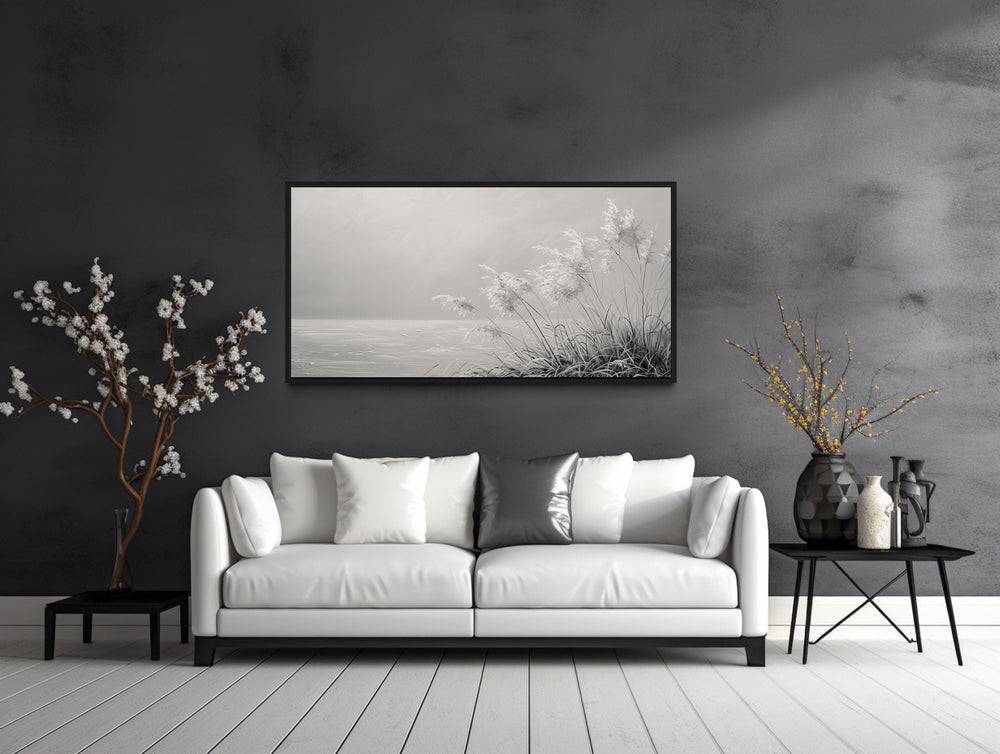Best Wall Anchors for Big Art: Ensure Stability and Style
For professional photographers, displaying large pieces of art is an essential part of showcasing your work. Whether it's a grand photo canvas or a striking framed print, ensuring that your artwork is securely and elegantly mounted is crucial. This guide will delve into the best wall anchors for big art, helping you choose the right hardware to keep your masterpieces safe and stylishly displayed.
When it comes to hanging large and heavy art, the type of wall anchor you choose can make all the difference. Using the wrong anchor can lead to disastrous consequences, not only risking damage to your wall but also to your valuable art. In this article, we'll explore different types of wall anchors, their benefits, and how to use them effectively.

Why Proper Wall Anchors Matter
As a professional photographer, your art is more than just decoration; it's a statement of your vision and creativity. The last thing you want is for your artwork to come crashing down due to inadequate support. Proper wall anchors provide the stability needed to securely hold heavy frames and canvases, ensuring that your art remains a focal point in any space.
Moreover, using the right anchors can prevent unsightly wall damage. When you invest in quality anchors, you're investing in the longevity of both your art and your walls. This is particularly important for those leasing studio space, where wall repairs might incur additional costs.
Types of Wall Anchors for Large Art
Toggle Bolts
One of the best options for heavy art is toggle bolts. These anchors are designed to spread the weight of the art across a larger area, making them ideal for drywall. Toggle bolts are inserted through a pre-drilled hole, and as you tighten the screw, the wings open up, providing a secure hold. They're perfect for art that requires extra support, such as oversized canvases or heavy frames.
Molly Bolts
Molly bolts are another excellent choice for hanging large art. They expand behind the wall as they're tightened, which creates a strong anchor point. Molly bolts are versatile and can be used on drywall, plaster, and other materials. They're especially useful when you're unsure of the wall's material or if you're dealing with older construction.
Self-Drilling Anchors
For those looking for a simpler installation process, self-drilling anchors are a convenient option. These anchors do not require pre-drilling, as they have a sharp tip that cuts into the wall as you screw them in. They're suitable for both drywall and plaster, but it's important to ensure that they are rated for the weight of your art.
Installation Tips for Secure Mounting
When installing wall anchors, it's essential to follow some best practices to ensure the security of your hanging art. Begin by assessing the weight of your art and selecting anchors that are rated to support it. Always follow the manufacturer's instructions for installation, and use a level to ensure that your art hangs straight.
For those dealing with especially heavy pieces, consider using multiple anchors for additional support. This can distribute the weight more evenly across the wall, reducing the risk of damage. Additionally, if you're hanging art on brick or concrete walls, specialized anchors may be required.
For more tips on styling oversized artwork, check out our detailed guide.
Choosing the Right Wall Anchor
Determining the best wall anchor for your needs involves considering the weight of the art, the type of wall, and the level of permanence you desire. While toggle bolts and molly bolts offer robust solutions for most scenarios, self-drilling anchors provide a balance between ease of use and strength.
Always err on the side of caution and choose an anchor that can support more than the estimated weight of your art. This not only ensures safety but also gives you peace of mind knowing that your art is securely in place.
For insights into selecting between art prints vs. originals for big walls, our blog provides a comprehensive comparison.
Maintaining the Aesthetic of Your Art Display
While functionality is key, maintaining the aesthetic appeal of your display is equally important. Choose wall anchors that either blend seamlessly with your wall or are hidden behind the art. This ensures that the focus remains on your photography, not the hardware.
Incorporating a strategic layout can enhance the overall impact of your art. Consider the room's lighting and color scheme, and how your art interacts with other elements in the space. Our article on large art vs. multiple small frames provides further ideas on creating an engaging and cohesive display.
For additional creative inspiration, explore Pinterest's collection of large wall art ideas.

FAQ Section
Q: What is the best type of wall anchor for drywall?
A: Toggle bolts are often recommended for drywall due to their ability to spread weight and provide a strong hold.
Q: Can I use self-drilling anchors for heavy art?
A: Self-drilling anchors can be used for moderately heavy art, but ensure they are rated for the weight you plan to hang.
Q: How can I ensure my art hangs straight?
A: Use a level during installation and make small adjustments as needed. It's also helpful to mark your wall beforehand with a pencil for precise placement.
For more insights and tips on eco-friendly wall installations, visit our article on eco-friendly large wall art.

